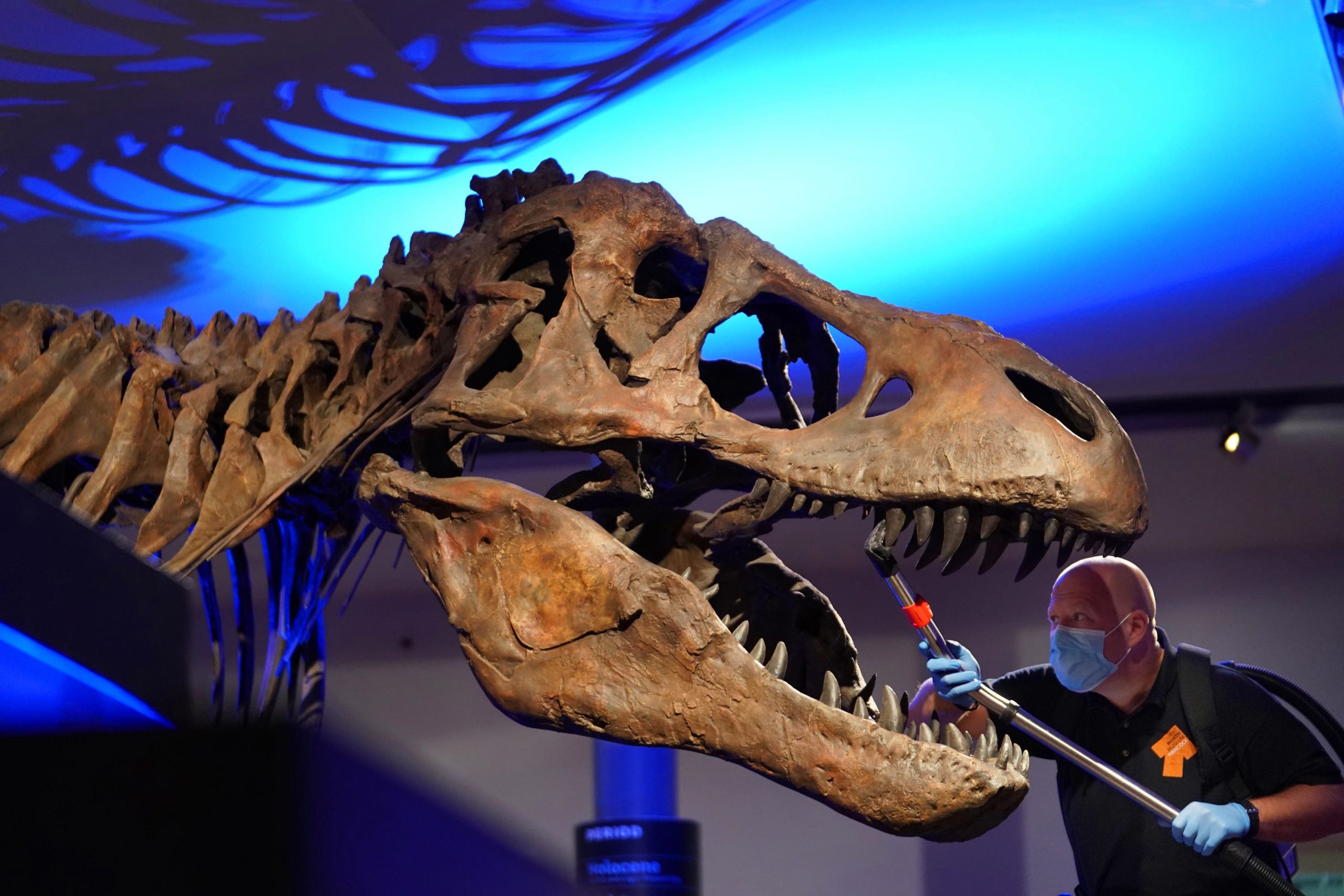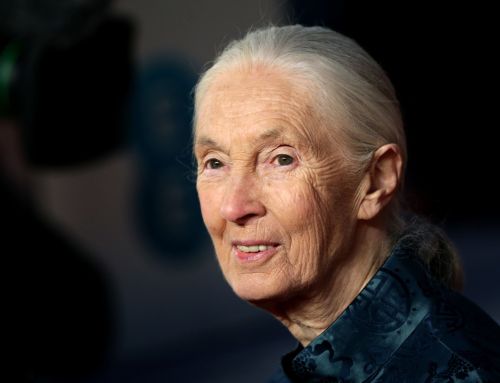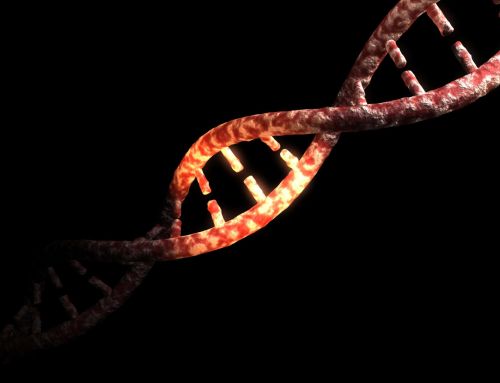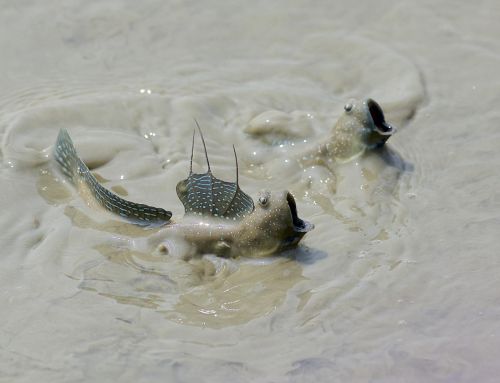Whether dinosaurs were warm or cold-blooded has been one of the oldest questions in palaeontology, but now researchers think they finally have the answer.
Based on clues from their bones that indicated how much the individual animals breathed in their last hour of life, palaeontologists suggest most dinosaurs were warm-blooded.
However, the scientists observed some differences between the two big groups of dinosaurs – the saurischians and the ornithischians – lizard hips and bird hips.
The lizard-hipped dinosaurs, such as Triceratops and Stegosaurus, had low metabolic rates comparable to those of cold-blooded modern animals.
While the bird-hipped dinosaurs, including Velociraptor and T-Rex and the giant, long-necked herbivores like Brachiosaurus were warm or even hot-blooded, the study suggests.
Knowing whether dinosaurs were warm or cold-blooded – how quickly their metabolisms could turn oxygen into energy – could provide hints about how active they were and what their everyday lives were like.
Until now the methods to determine this had been inconclusive, experts said.
But in a new paper scientists have unveiled a new way for studying dinosaurs’ metabolic rates – clues left in their bones about their final hour of life.
Jasmina Wiemann, the paper’s lead author and a postdoctoral researcher at the California Institute of Technology, said: “This is really exciting for us as palaeontologists.
“The question of whether dinosaurs were warm or cold-blooded is one of the oldest questions in palaeontology, and now we think we have a consensus, that most dinosaurs were warm-blooded.”
People sometimes talk about metabolism in terms of how easy it is for someone to stay in shape, but at its core, “metabolism is how effectively we convert the oxygen that we breathe into chemical energy that fuels our body,” said Dr Wiemann.
Warm-blooded animals such as birds and mammals take in lots of oxygen and have to burn a lot of calories in order to maintain their body temperature and stay active while cold-blooded animals such as reptiles breathe less and eat less.
With birds being warm-blooded and reptiles being cold-blooded, dinosaurs were caught in the middle of the debate.
In the past scientists tried to glean dinosaurs’ metabolic rates based on chemical analysis of their bones, and another method studied the growth rate of these creatures.

But both of these have limitations.
The new method does not look at the minerals present in bone or how quickly the dinosaur grew, but instead looks at one of the basic hallmarks of metabolism – oxygen use.
When animals breathe they leave behind molecular waste that is preserved during the fossilisation process.
It leaves behind a record of how much oxygen a dinosaur was breathing in, and thus, its metabolic rate.
Analysing the leg bones of 55 different groups of animals, including dinosaurs, researchers found dinosaurs’ metabolic rates were generally high.
Researchers say the findings can offer new insights into what dinosaurs’ lives were like.
Dr Wiemann said: “Dinosaurs with lower metabolic rates would have been, to some extent, dependent on external temperatures.
“Lizards and turtles sit in the sun and bask, and we may have to consider similar ‘behavioural’ thermoregulation in ornithischians with exceptionally low metabolic rates.
“Cold-blooded dinosaurs also might have had to migrate to warmer climates during the cold season, and climate may have been a selective factor for where some of these dinosaurs could live.”
On the other hand, she says, the hot-blooded dinosaurs would have been more active and would have needed to eat a lot.
The findings are published in the Nature journal.






